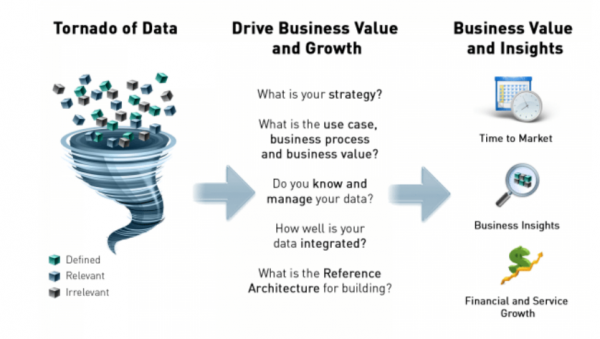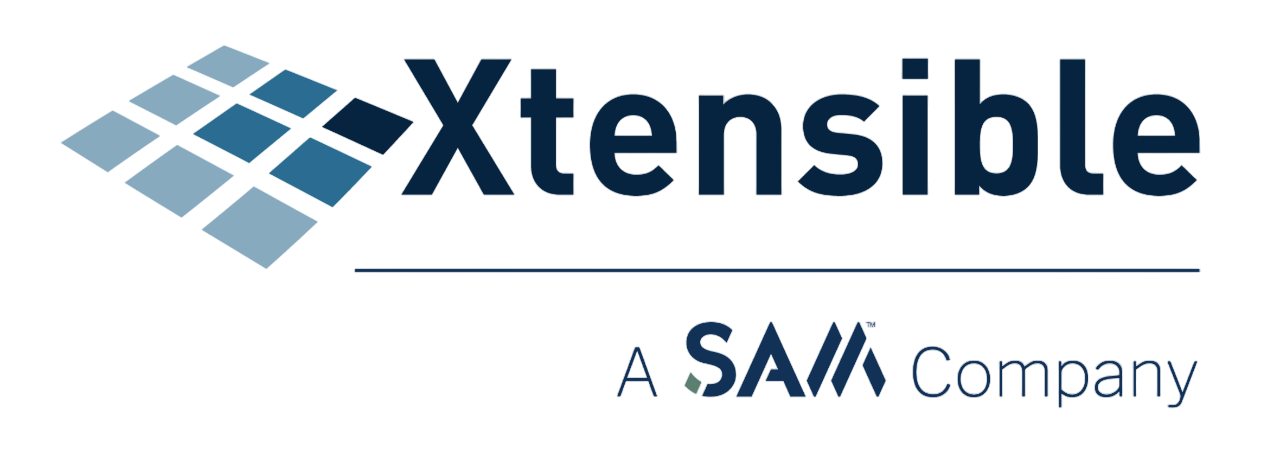Utility Enterprise Analytics Roadmap: The Six Key Components for Success
Many utilities can safely say that they have dealt with more advancements in technology over the last decade than many organizations have in a century. The increase of IoT devices has resulted in a vast and rich set of data. Consequently, many questions have sprung from this evolution, for instance – how do we use this data to make decisions, increase operational efficiencies and drive industry transformation? These questions are at the root of establishing enterprise analytics.

When we talk about enterprise analytics, we are referring to analytics that cross the traditional silos within a utility. Consider the linking of data from Transmissions to Distribution and to the Customer to address DER and balancing needs. As a utility must carefully plan the design of new circuits within the grid, so too should a utility plan the strategy around Enterprise Analytics. Xtensible has experience working with innovative utilities on advance analytics from Network Model Management to Smart Energy Services and from traditional warehouse approaches to enterprise data lakes. We have found that there are six key steps to take within the organization when addressing Enterprise Analytics:
- Strategy
- Data Governance
- The Data
- People
- Process
- Technology
Each of these elements play a very critical role in establishing a roadmap that a utility can successfully execute to gain true business value.
Strategy
Develop a vision and mission focusing on performance and decision-making. The key is to ensure that the individuals understand business capabilities and the link to business value. It is imperative that enterprise-level executive support is established and that they recognize data as an asset and believe the use of analytics will provide real value to the business.
Data Governance
Data quality is the foundation of analytics capabilities and data must be governed; factors to be considered include: the data source, data accuracy, data quality and the time dimension. A common issue that we see for utilities starting down their Data Lake efforts is their narrow focus on just “dumbing” the data to the Data Lake. In our experience, this creates nothing more than a Data Swamp. Check back on our blog posting as I will be writing a blog specific on Data Governance of a Data Lake.
Put a solid governance foundation in place in areas that makes sense for the organization, address architecture, use cases, the data, change control, security/privacy and formatting.
The Data
You must have a strong data management process to support data specifically used for analytics. Focus on main data sources used in analytics such as:
- Customer experience
- T&D (network, meter)
- Resource management (generation)
It is of great importance to view data as an asset. Data should represent one version of the truth — tools do not solve data issues; the true challenge is getting the data right and creating a consistent understanding that can be used.
People
Most organizations create a centralized analytics strategy and governance with analysts embedded in the business and with them being a subject-matter expertise. Consider creating a cross-functional team, including IT and business competencies, responsible for overall governance, prioritization and coordination of use cases.
Understand that as analytics mature in an organization, it redefines reporting structures, creates new job categories and may do best when a variety of skill sets are recognized as necessary to achieve a high-performing analytics organization.
Process
Engage business subject matter experts and end users and provide regular business leader updates of successful analytics projects that show real value to the company.
Try to take an Agile development approach to use rapid “analytics pilots” to demonstrate value early on track to communication.
Technology
We highly recommend that once a strategy is developed it is important to establish a reference architecture for the overall program. Focus is to standardize tools to the extent possible. Remain open to unique tools that serve complex business unit needs. Selected platform(s) should be open to multiple front-ends — simple reports to advanced visualization tools.
It is important to know that the market is moving towards hybrid architectures including Hadoop cloud computing, data visualization and other data warehousing platforms.
Would you like a consultation on your Enterprise Analytics Roadmap strategy?
Xtensible offers this service to our clients as a companion to our Enterprise Analytics and Integration services so that our customers can receive the full potential of Xtensible’s value proposition.
Speak to a member of the Xtensible team.
Back To Blog



